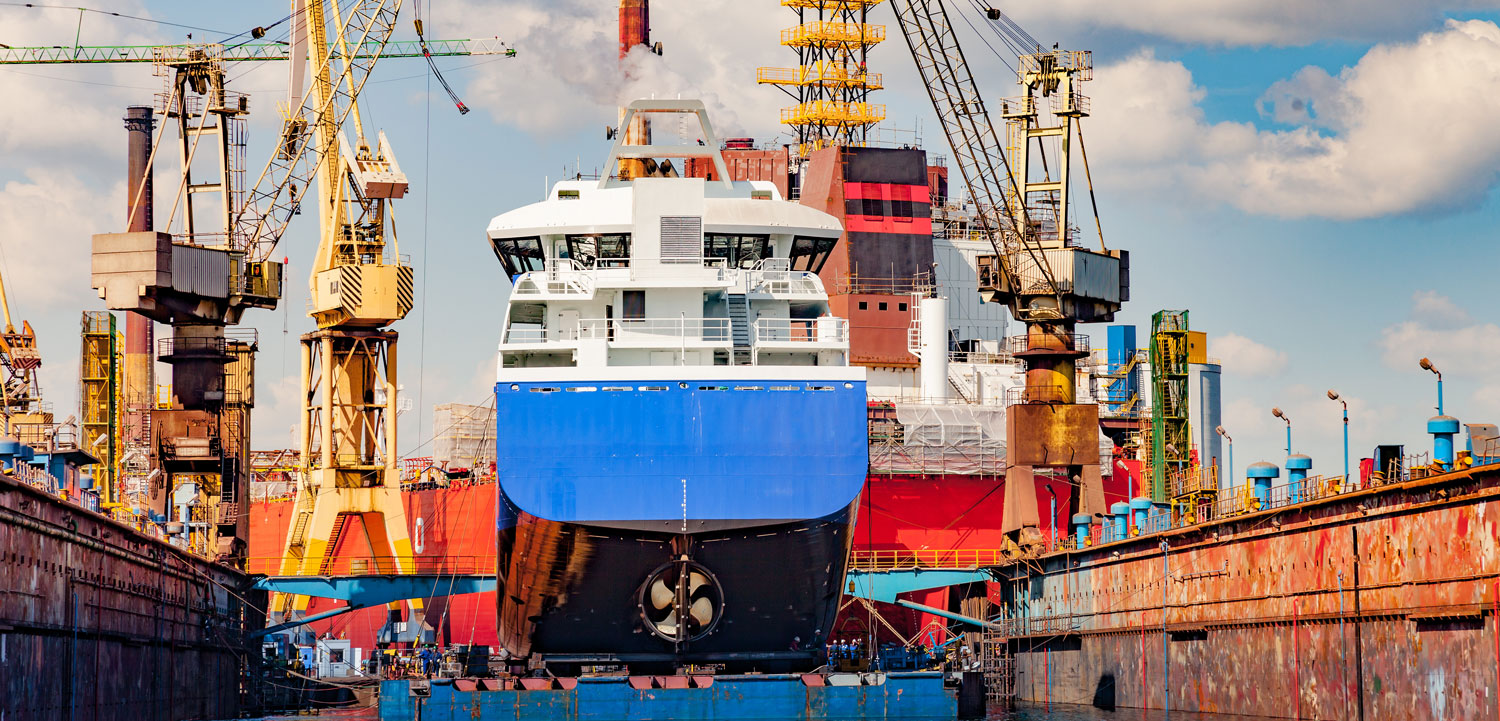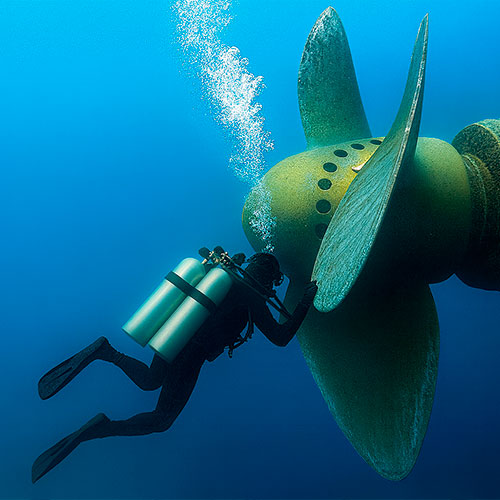

DNV has introduced more flexibility in survey schedules. Ships can now complete in-water bottom surveys using divers or ROVs instead of traditional dry docks - fulfilling the required two bottom inspections over five years. Additionally, in partnership with the Bahamas Maritime Authority, certain passenger ships - even those 20+ years old - can now qualify for a 5-year dry-docking interval, pending approval through a vessel-specific study.
Meanwhile, Lloyd’s Register has made no changes to dry-docking intervals. The standard remains: one dry dock every five years, or two in five years depending on flag-state rules (e.g., U.S. vessels in saltwater).
In short:
DNV = More flexibility, fewer dockings (for eligible vessels)
Lloyd’s = No change to traditional dry-dock cycles
While a wider stretch in time may seem more convenient, it can be detrimental out at sea. It means less oversight and longer stretches where your equipment is expected to run without issue.
If something fails between dockings (like a seized sea chest valve), you won’t know until it becomes a costly, disruptive, stress-inducing problem.
And when it does, you're paying for more than just a replacement part.
We know what it’s like. You’re managing budgets, putting out fires, and trying to hit project timelines. If a valve quote comes in a few hundred dollars lower, it’s tempting to say yes and move on.

But when that sea chest valve fails to open or close 18-24 months in, it doesn’t just blow your budget. It blows your timeline, your resources, and sometimes your credibility.
Here’s the kicker: the average competitor valves are only rated for 1,000 to 1,500 cycles. That’s fine in theory… until you realize your ship isn’t docking again for five years.
So what happens when that budget valve gives out two years in?

Imagine having a failure out at sea and putting your passengers at risk knowing it was 100% preventable. Suddenly, that “cheaper” valve just got a whole lot more dangerous and expensive. It’s more crucial than ever to ask yourself “Can We Afford That Valve” vs. “Can We Afford Another Failure”.
When a valve fails mid-mission, you’re not fixing it in a controlled environment.
You’re offshore. Mid-operations. With every decision under scrutiny.
That’s why the pros call us early - and why the smart ones never need to call us in the middle of the night.
If you’re stuck between budget pressures and long-term performance, you’re not alone. That’s why World Wide Metric offers valves that go the distance from Wouter Witzel.
The only thing louder than that orange? The silence of a valve that just works.
When something fails in year three of a five-year window, it’s rarely a convenient fix. You’re not at the dock. You’re mid-operation. And now, the cost of replacement isn’t just the valve. It’s the time, labor, re-inspection, and delay.
We’ve talked to engineers who lost entire weekends to a failed valve.
We’ve worked with buyers who now build Wouter Witzel into every spec because they’ve seen what happens when you don’t.
And we’ve answered those 3 a.m. calls because someone else didn’t spec it right the first time.
You don’t forget those moments.
We’re not just handing you a catalog. We’re right there with you.
Because you don’t just need a product. You need confidence.
And we’ve spent 55 years earning that trust.
Our Ship Check service brings one of our technical experts directly to your vessel. We’ll review your setup and flag the risks - before they turn into 3 a.m. emergencies. Because confidence comes from seeing the system up close, not from a catalog.
When the margin for error shrinks, spec quality expands.
Schedule your Ship Check today and let’s make sure your valves are ready for the long haul.
Let's spec it right.
Schedule your Ship Check